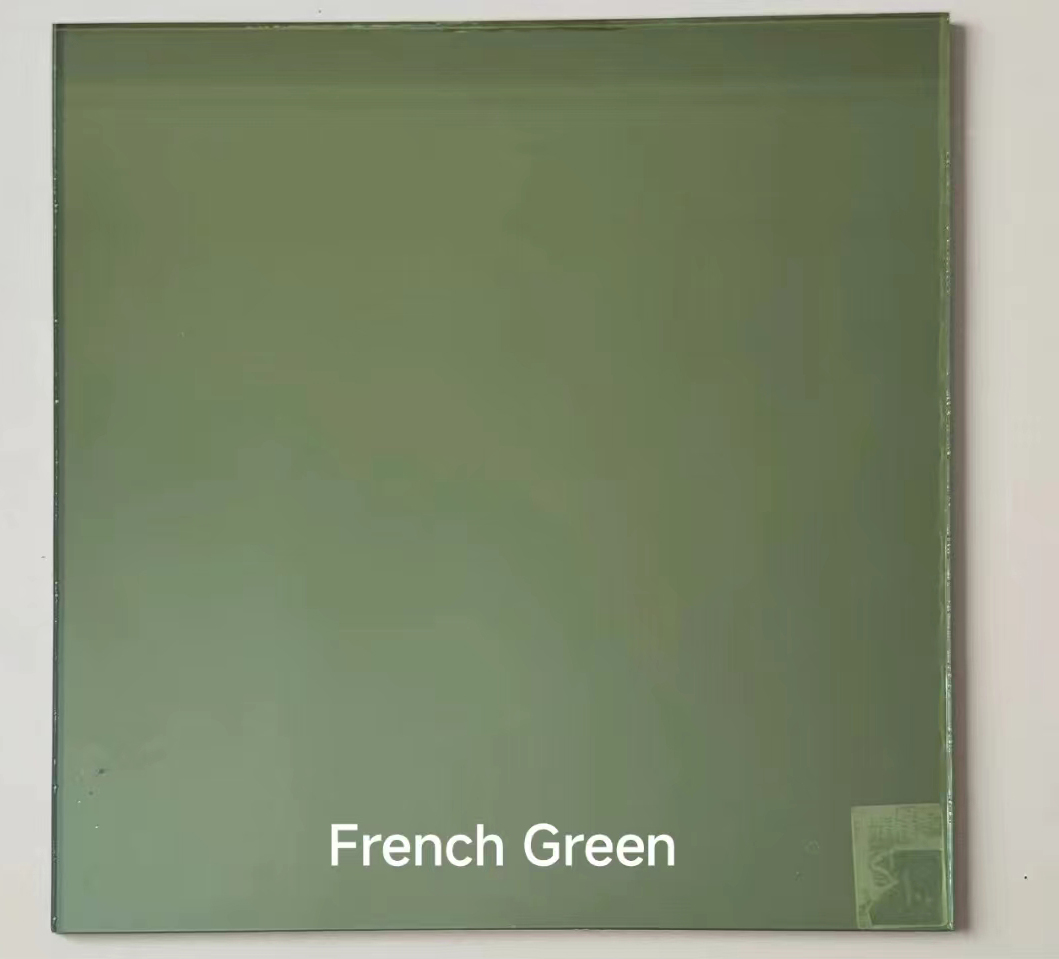

Reflective Glass in China Enhancing Architecture and Sustainability
In recent years, reflective glass has become increasingly popular in architectural design across China. This innovative material not only enhances the aesthetic appeal of buildings but also plays a crucial role in energy efficiency and sustainability. As urbanization continues to rise in China, the demand for reflective glass is expected to grow, reshaping the skylines of cities and reflecting a modern, eco-conscious philosophy.
Reflective Glass in China Enhancing Architecture and Sustainability
The use of reflective glass in China is not only practical but also profoundly aesthetic. Its shiny surface creates visually striking facades that can enhance the beauty of contemporary architecture. Skyscrapers adorned with reflective glass are now commonplace in major cities like Beijing, Shanghai, and Shenzhen, where the interplay of light and reflection adds a dynamic element to the urban landscape. The glass reflects the environment, allowing buildings to change appearance with the time of day and weather conditions, creating a sense of harmony between the structure and nature.

Moreover, reflective glass can contribute to the overall safety and comfort of a building. Its ability to reduce glare aids in improving visibility for residents and passersby, while also minimizing the impact of solar heat on interiors. This helps to create a more pleasant living and working environment, which is increasingly important in densely populated urban areas where comfort can often be compromised.
The environmental impact of reflective glass manufacturing is also an important consideration. Many manufacturers in China are adopting green practices to limit their carbon footprint. Advanced production techniques and materials are being utilized to decrease waste and enhance the energy efficiency of the manufacturing process. Furthermore, reflective glass itself can be recycled at the end of its life cycle, contributing to a circular economy in the construction industry.
Challenges remain, however, particularly regarding the initial costs associated with reflective glass. While the long-term benefits, such as energy savings and durability, can offset these costs, some developers may be hesitant to invest upfront. Additionally, issues related to glare and visibility can arise, especially in densely populated areas, necessitating careful planning and consideration when integrating reflective materials into design.
In conclusion, reflective glass has emerged as an essential material in Chinese architecture, offering a blend of beauty, functionality, and sustainability. Its efficient thermal properties, aesthetic versatility, and potential for recycling make it a forward-thinking choice for modern buildings. As China continues to urbanize and develop, the significance of reflective glass will likely increase, paving the way for a future where architecture not only meets the demands of modern living but also respects and integrates with the environment. The continued evolution of this material and its applications will undoubtedly play a pivotal role in defining the landscapes of Chinese cities for generations to come.